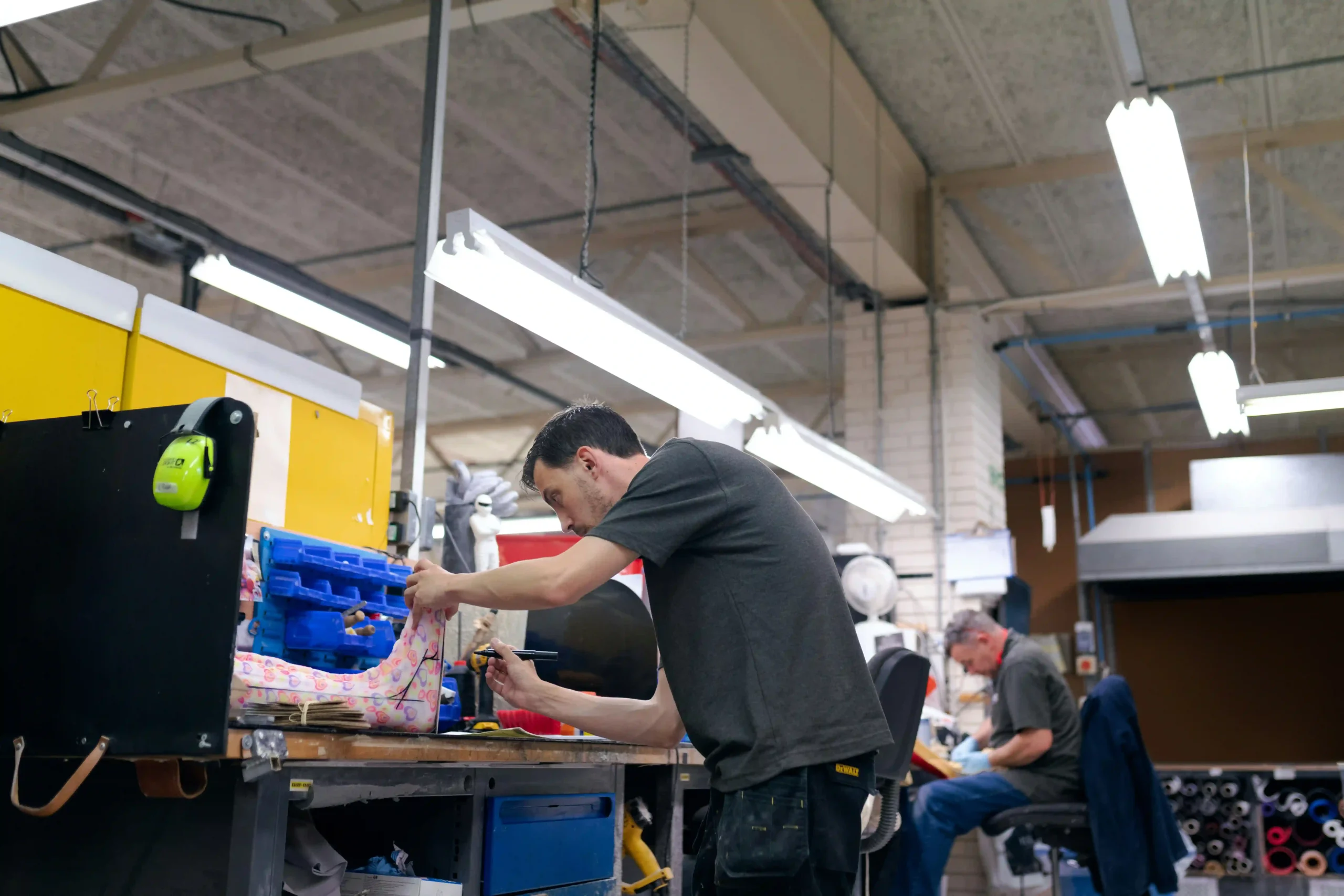Manufacturing methods for adhesives
Adhesives play a crucial role in modern manufacturing. They bond materials, offering alternatives to traditional fastening methods.
Understanding the manufacturing methods for adhesives is essential for industry professionals. These methods impact product performance and cost efficiency.
The process involves selecting raw materials, formulation, and quality control. Each step is vital for producing reliable adhesive products.
Different methods, like solvent-based and water-based, cater to various applications. Each has unique properties and benefits.
This guide explores these methods, focusing on process optimization and application techniques. Discover how adhesives enhance industry innovation.
Understanding Adhesives and Their Role in Industry
Adhesives are essential for connecting materials. They are used in various industries such as automotive, construction, and packaging.
Industries prefer adhesives for benefits like weight reduction and better aesthetics. Mechanical fasteners often struggle to provide these advantages.
Key roles of adhesives in industry include:
Reducing weight in vehicles
Enhancing product appearance
Providing durable, strong bonds
Innovation in adhesives is ongoing, with a focus on improving sustainability. The development of eco-friendly products is a current industry trend.

Selection of Raw Materials for Adhesive Manufacturing
Choosing the right raw materials is vital in adhesive production. It influences the final product’s performance. Key properties such as strength, flexibility, and resistance depend on these choices.
Manufacturers must consider environmental and application-specific factors when selecting materials. Raw materials greatly affect adhesive costs and quality.
If you want to learn more about the process of making adhesives and purchase adhesives, please contact us to obtain the overview table of adhesives.
Crucial factors in material selection include:
Adhesion strength requirements
Environmental conditions like temperature and humidity
Resistance to chemicals and elements
Advanced research helps identify new materials that enhance adhesive properties and meet industry demands. Focused selection drives innovation and sustainability in adhesives.
Key Manufacturing Methods for Adhesives
Adhesives are crafted using diverse manufacturing methods. Each method offers distinct advantages and suits various applications. Understanding these methods allows for better product selection and innovation.
Some common manufacturing methods include:
Solvent-based
Water-based
Hot melt
Reactive
Solvent-based adhesives dissolve polymers in a solvent. This technique allows the adhesive to bond materials once the solvent evaporates.
Water-based adhesives use water as a solvent, offering environmental benefits. These adhesives are ideal for applications requiring minimal VOC emissions.
Hot melt adhesives start in a solid state. They become liquid upon heating and set rapidly when cooled.
Reactive adhesives cure through chemical reactions. This results in stronger and more durable bonds, suitable for demanding applications.
Innovations in manufacturing methods focus on improving efficiency. Cost savings and environmental sustainability are also major goals. Understanding these processes enhances the ability to meet industry needs.
Process Optimization in Adhesive Manufacturing
Optimizing the adhesive manufacturing process enhances efficiency and product quality. Strategic improvements can significantly reduce costs and resource use.
Process optimization focuses on:
Improving equipment utilization
Using advanced technologies helps achieve these goals. Automation and real-time monitoring ensure consistent output and quicker adjustments.
Training workers in new technologies is equally crucial. Their expertise ensures successful implementation of optimized processes. Continuous evaluation leads to sustained improvements and competitive advantages.
Quality Control in Adhesive Production
Ensuring adhesive quality is crucial for maintaining product performance and safety. Quality control systems detect inconsistencies early in the production cycle. This minimizes defects and maintains high standards.
Key components of quality control include:
Rigorous testing of adhesive properties
Consistent monitoring of production variables
Adherence to industry standards
Regular audits of production processes enhance reliability. They help in identifying areas for improvement. Feedback loops are established to swiftly address issues. Maintaining a high-quality adhesive production process ensures customer satisfaction and strengthens market reputation.
Adhesive Application Techniques
Applying adhesives efficiently is as important as manufacturing them. Different materials and environments require varied application methods. Choosing the right technique can enhance bond strength.
Common adhesive application techniques include:
Brushing for even surface spreading
Spraying for precise and quick application
Rolling for large areas
Extrusion for controlled dispensing

Conclusion
Manufacturing methods for adhesives are diverse and constantly improving. Understanding these methods helps industries choose and use adhesives effectively.
Innovation will continue to drive advances in adhesive technology. Embracing these changes is crucial for staying competitive and sustainable in the market.
